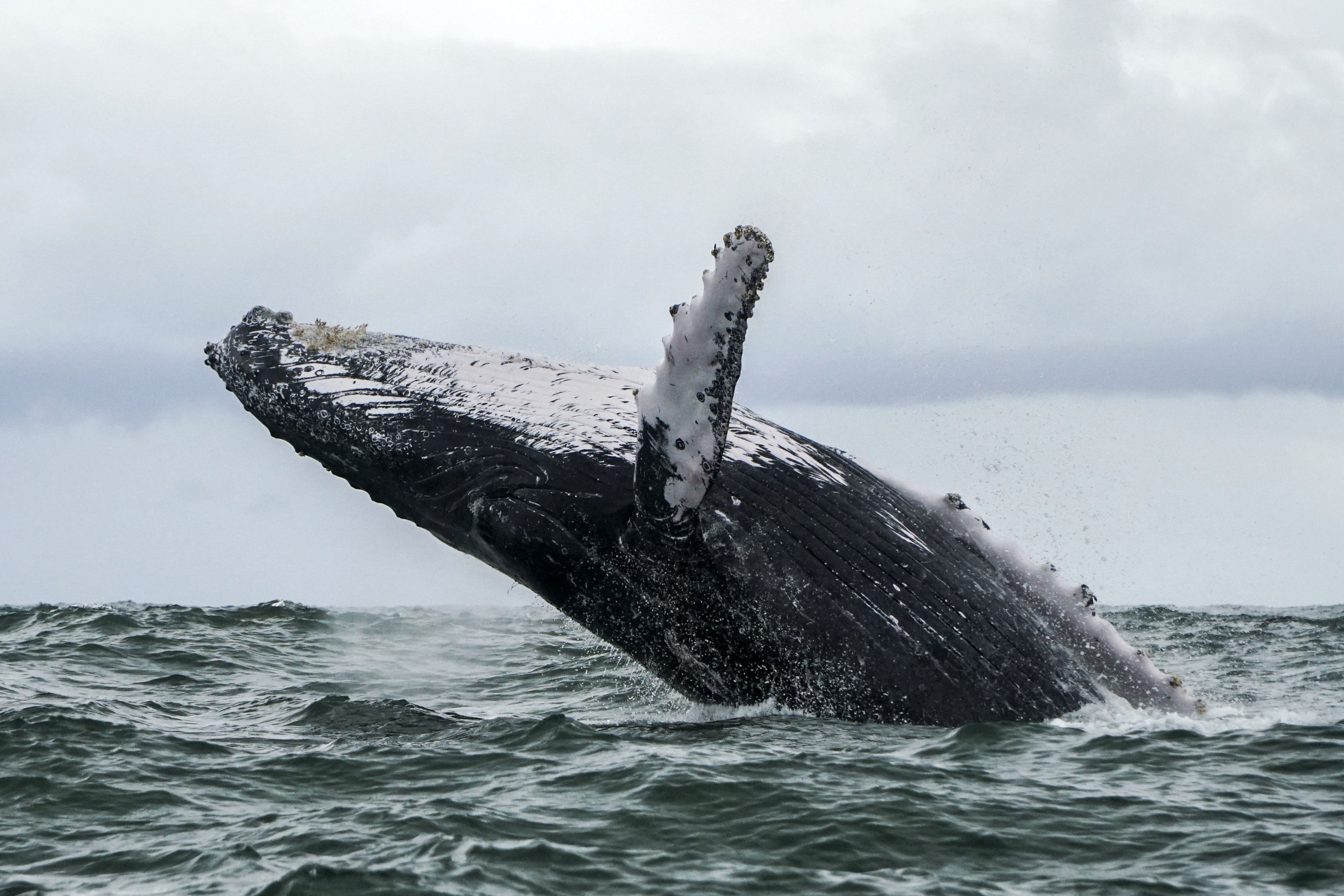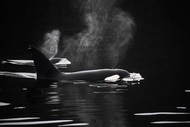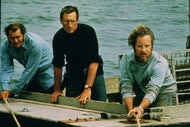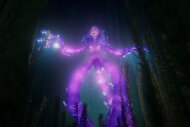Create a free profile to get unlimited access to exclusive videos, sweepstakes, and more!
Mysterious whale carcass found in the Amazon rainforest has experts baffled

Aside from plenty of heavy rainfall, there isn't enough water in the Amazon rainforest to keep a humpback whale alive, so how did one end up in the jungles of South America?
That's the million-dollar question baffling marine experts right now after the dead carcass of a 26-foot-long young humpback was discovered on Marajo, an island in northern Brazil on Friday, The Independent reports.
Those knowledgeable enough on the subject have theorized that a massive storm or wave may have been what deposited the creature's body so far inland. Moreover, it had already been deceased several days before being found; the only indication of its existence was the large groups of scavenger birds congregating around it for easy food.
“We’re still not sure how it landed here, but we’re guessing that the creature was floating close to the shore and the tide, which has been pretty considerable over the past few days, picked it up and threw it inland, into the mangrove," Renata Emin, leader of the conservation-minded Bicho D’agua Institute, told The Independent. “Along with this astonishing feat, we are baffled as to what a humpback whale is doing on the north coast of Brazil during February because this is a very unusual occurrence.”
While humpbacks are known to spend time off the coast of Brazil, they are not often seen in the country's northern parts at this time of year and neither are they usually this close to the Amazon River. Emin postulated that the calf could have been separated from its mother while migrating toward the southern coast.
The whale's remains were moved to a more remote part of the swamp in which it was found, but tests are still being carried out with results expected over the next 10 days. The skeleton will be put on display at a natural history museum in the city of Belém.
The Bicho D’agua Institute did not immediately respond to SYFY WIRE's request for comment














